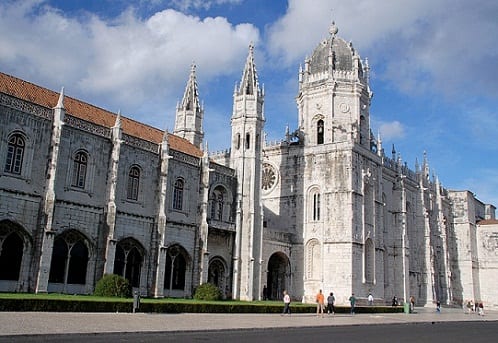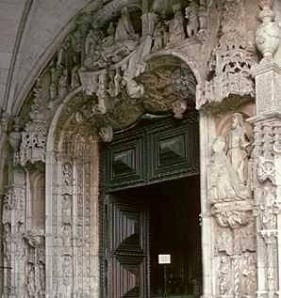The style known as Manueline it is exclusive to Portugal. It predominated between 1490 and 1520, and remains one of the most memorable art forms to have emerged from the country.
It's the name of Manual I, which reigned from 1495 to 1521. When Don Manuel I inaugurated the style, the Manueline style was strikingly modern, a far-sighted departure from the rigidity of medieval models. They originally decorated the portals, balconies and interiors, mostly of age instead of adorning the new structures. The style marked a transition from Gothic to Renaissance in Portugal.
Veterans claim that Manueline, also called Atlantic Gothic, derived from the sea, although some modern-day observers detect a surrealism that prefigures Salvador Dalí's style. All about Manueline art is a celebration of marine forms.
In this style of works, Christian iconography is combined with shells, ropes, coral branches, heraldic shields, religious symbols, and imaginative forms transmitted by water, as well as Arabic themes.
Many monuments throughout the country - in particular the Monastery of los jeronimos from Belém, on the outskirts of Lisbon - examples of this style are offered. Others are in the Azores and Madeira. Sometimes Manueline is combined with the famous tile panels, as in the Sintra National Palace. The Manueline building in Portugal was the Church of Jesus in the classic of Setúbal, south of Lisbon. Large pillars in the inner spiral turn to support a flamboyant ribbed ceiling.
Although it is primarily an architectural style, the Manuelino style affected other artistic fields. In sculpture, Manueline was generally decorative. Staffed on doors, rose windows, balustrades and lintels, he offered everything from an ear of corn to a stalk of thistle. Manuelino painting is also affected, the bright gem colors characterize works influenced by the style.
The best known Manueline painter was Grão Vasco (also called Vasco Fernandes). His most famous works include several panels, now on display in the Grão Vasco museum, that were originally intended for the Cathedral of Viseu. The most famous of these panels are Calvary and Saint Peter, both from 1530.
Another leading artist was Jorge Alfonso, a court painter from 1508 to 1540 and a native of Brazil. He was the leader of the so-called Lisbon School of Painting. There are no existing works that can certainly be attributed to him, however.

